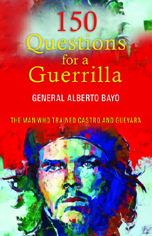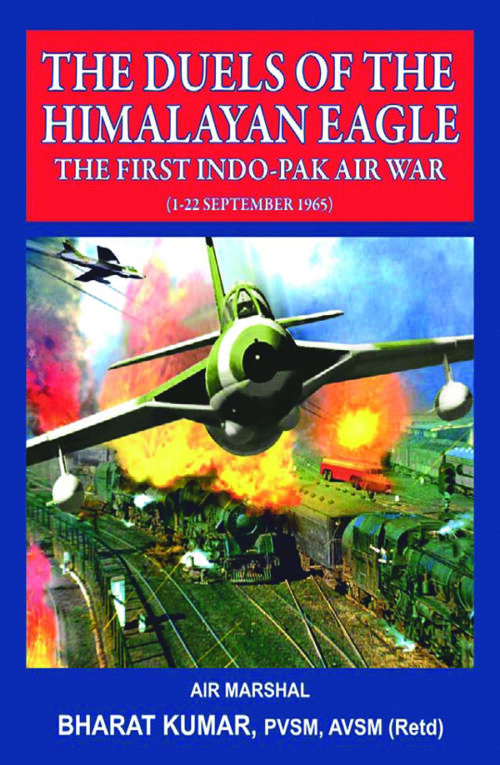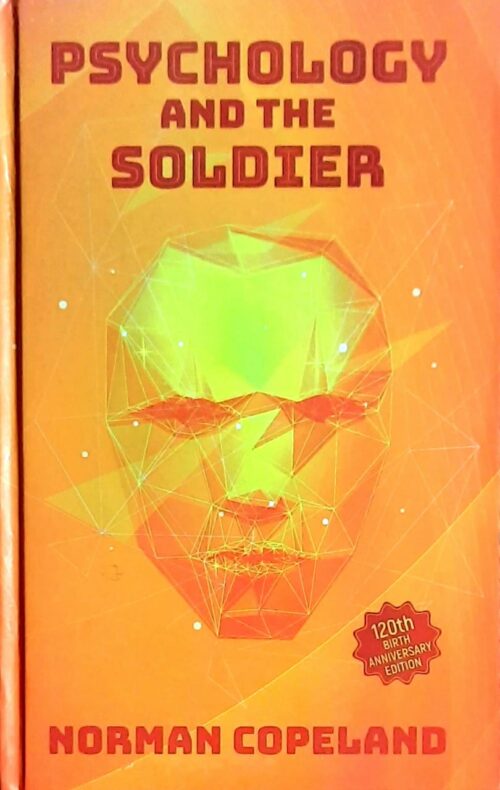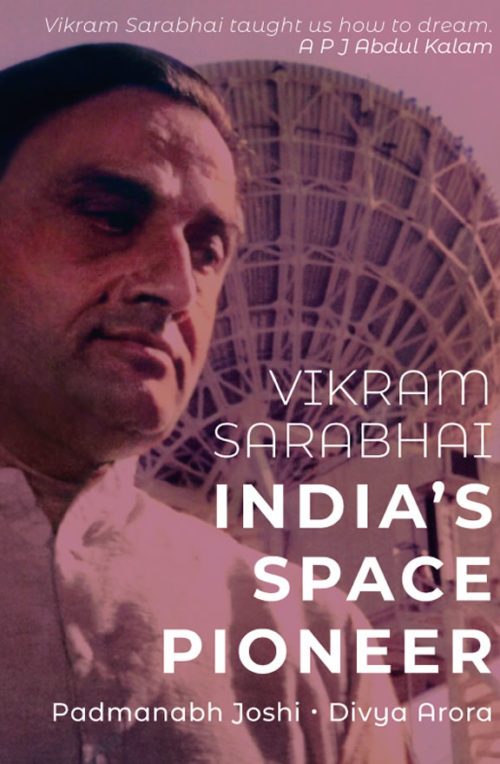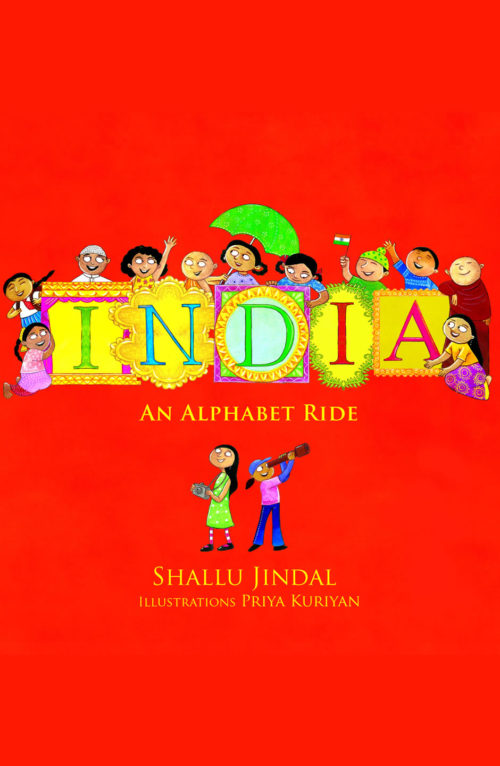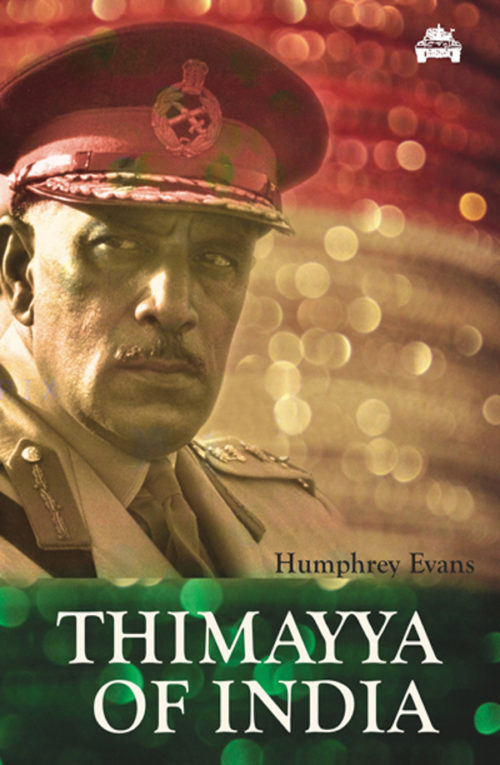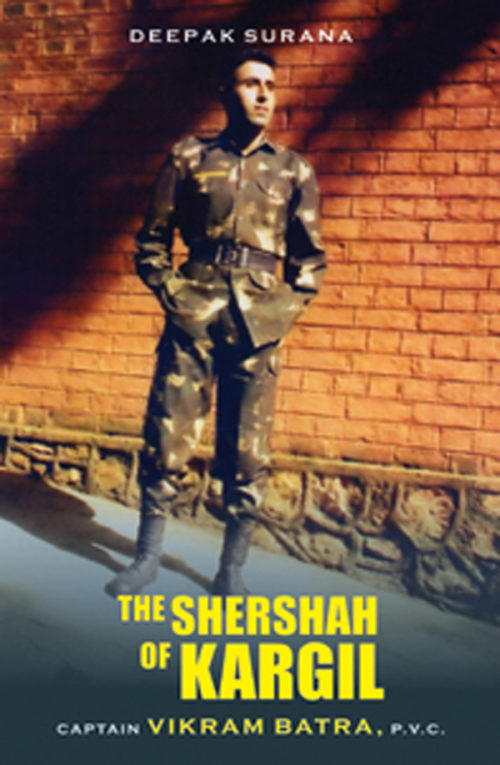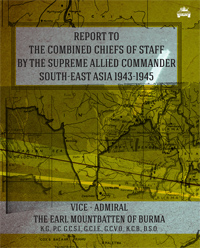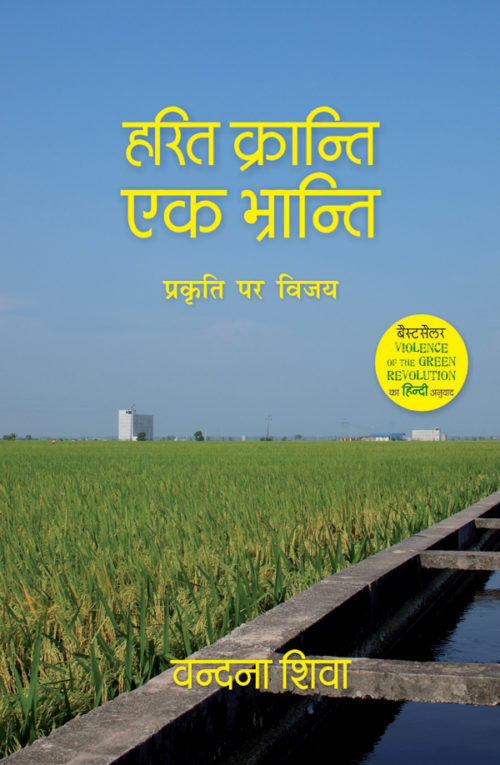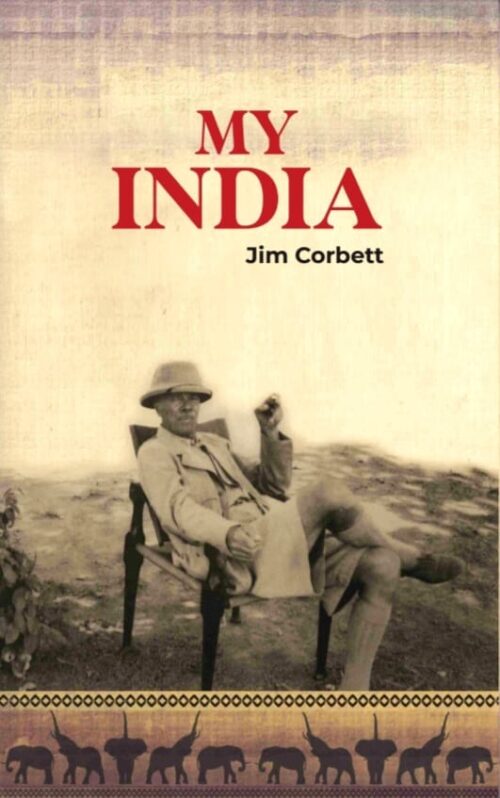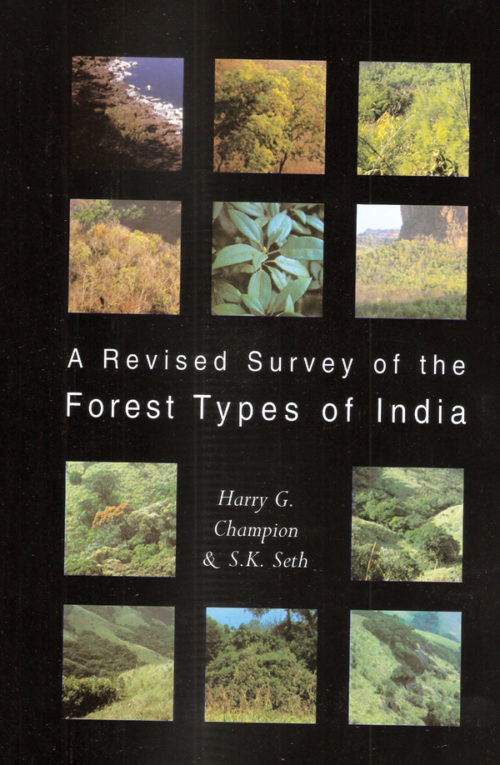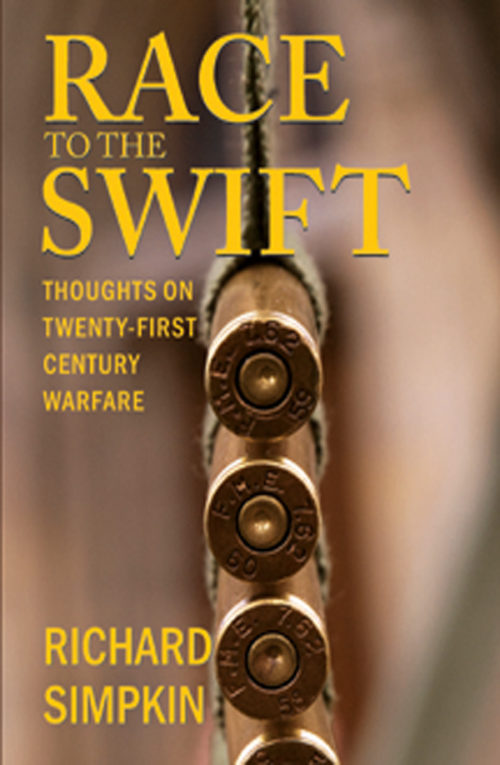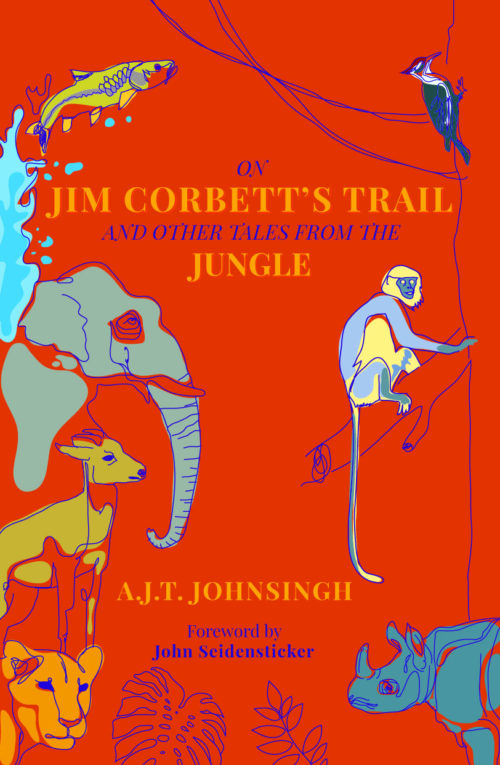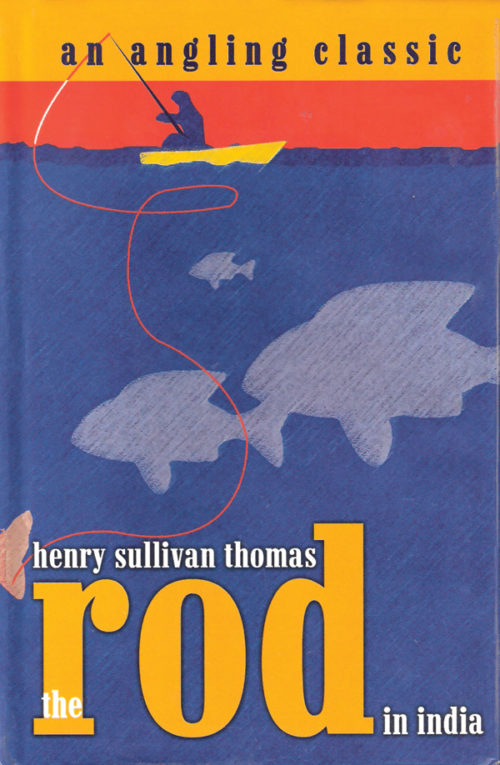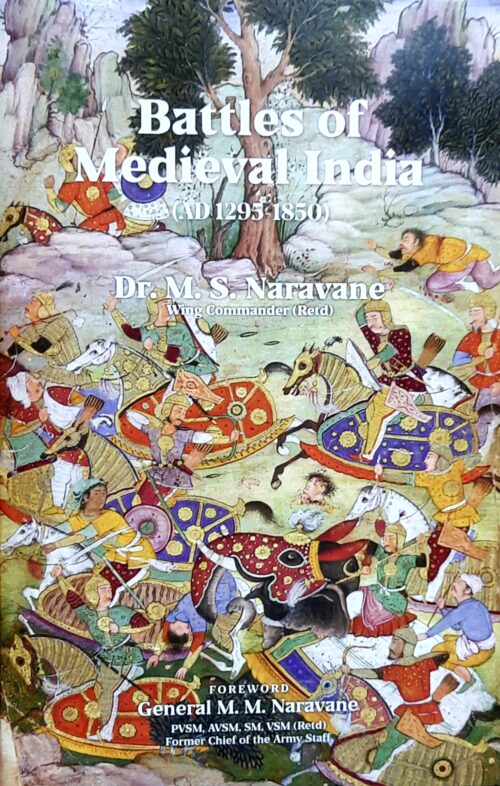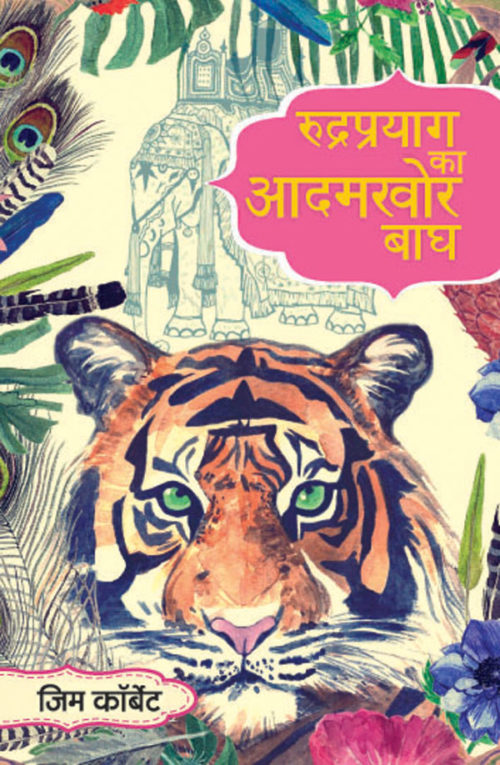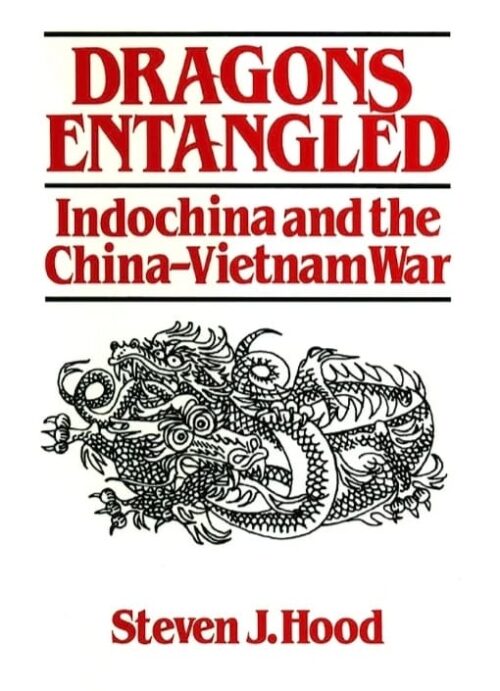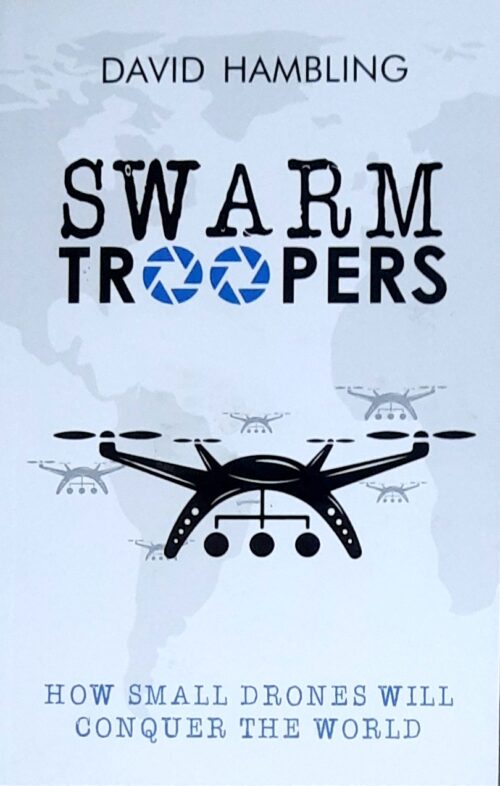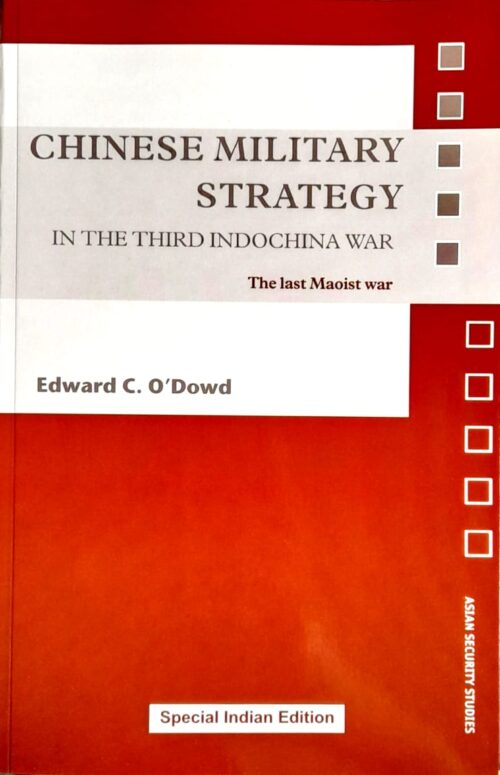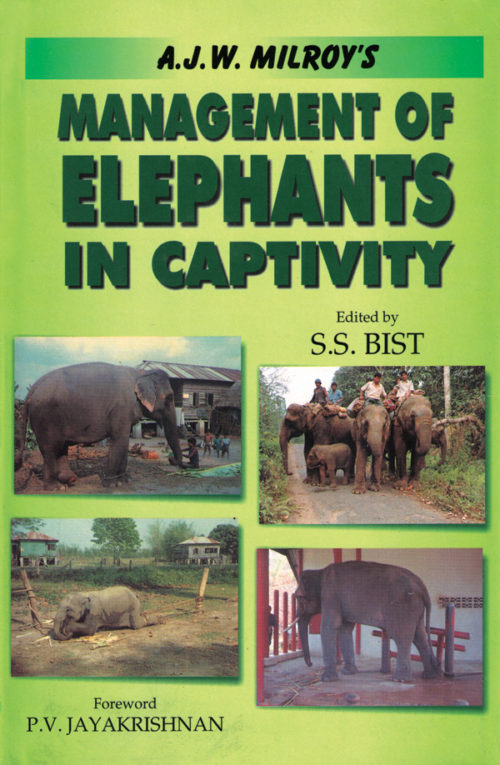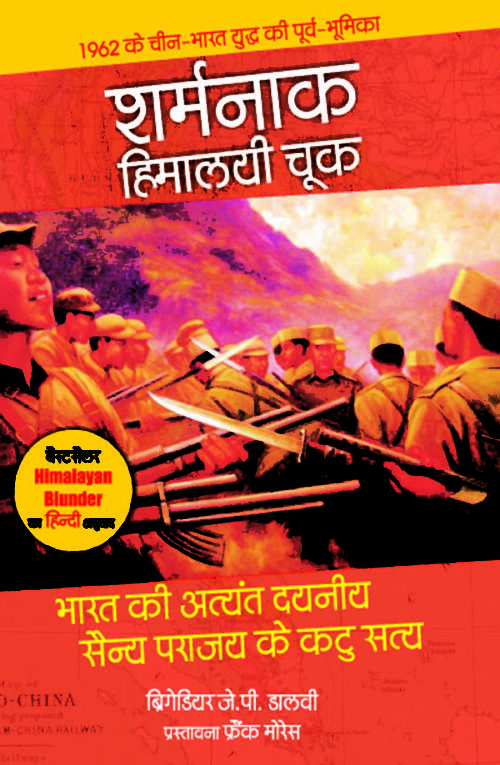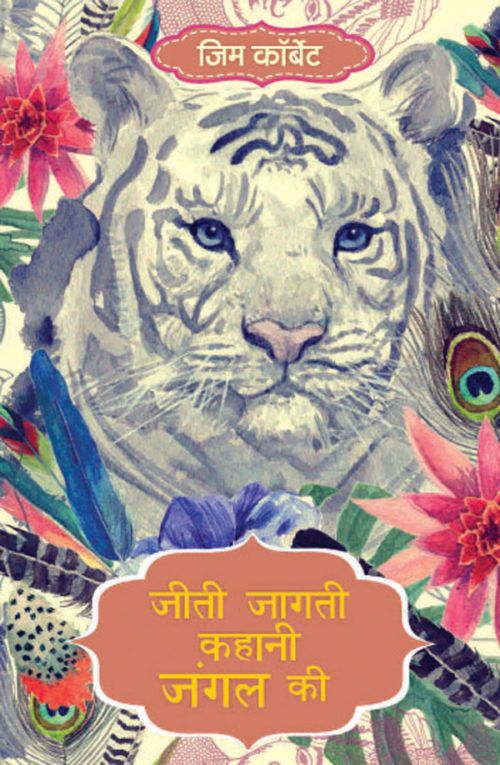-
Maneuver warfare can be thought of as military judo. Its about fighting smart, out thinking your opponent. It offers the fighting soldier the best hope of winning battles, campaigns and wars they may face in the future.
-
This enchanting book is about a young woman's journey through India. If you liked 'Eat, Pray,Love", this book is for you! This book tells of her journey within and without as she not only discovered India but herself as well.
-
-
Prenita is an artist inspired by nature. She makes jottings as she paints in her journals on a daily basis. This book is a collection of some of her learnings about life from nature. It has her artworks interspersed with her musings - they are simple, heart-warming, wise and witty, for you and me to dip into anytime for some real food for the soul.  
-
Gen Bayo is the man famou for training Castro and Guevara in the art of guerrilla tactics. This simple yet powerful book in a question answer format is ideal for anyone looking to understand how to combat guerrilla techniques and emerge victorious. -
"The Duels of the Himalayan Eagle describes the First Air War between India and Pakistan. Commencing from an analysis of the two air force and their concept of operations, every significant aerial and ground engagement has been covered in detail. These include Pakistani raids on Pathankot and Kalaikunda, Indian ventures into Sargodha, Badin and Peshawar as well as various aerial engagements. These stories are based on the narratives of the air warriors involved in the operations or records maintained on a daily basis in the squadron diaries by various units during the period of the war. Pakistani disastrous Para drops near Paathnkot, Adampur and Halwara in the West and Guwahati in the East have been covered in detail. The travails narrates by seven air warriors who became POWs have also been included. Finally, the author has dissected the entire air war and has put down his own conclusions- probably the first such attempt by an Indian author. "
-
The continuum of tactical victory followed by strategic failur has been the baneful pattern of India's handing of vital security related issues since indepandence. Kargil: Blood of the Snow is a comprehensivemilitary analysis, focusing on this issue.
-
This book tells us the important role of Delhi in the Indian Independence movement. A tribute to Delhi on its hundreth year as the Indian capital.
-
This edition marks the 120th Birth Anniversary Edition of this little gem on leadership that makes for mandatory reading for defence personnel across the world. The first section focuses on "Psychology and Morale" with ten chapters on the development of military psychology and how it is applied to morale, moral education, discipline and military values. Morale, accordingly to Copeland is the 'secret weapon' and he insists that 'physical superiority is not as important as moral superoirity." How then can this most desirable of human qualities be acquired? According to Copeland, it depends 'on an incalculable number of factors', the first and strongest of which he considers is good leadership. The seond section of this enlightening and well researched book talks about "psychology and leadership" - these next ten chapters focus on the role of the leader in the training and education of military individuals and units. Leadership is a way of life, acording to Copeland.
-
Known as the Father of India’s Space Programme, Vikram Sarabhai’s interests included space and nuclear energy, architecture, industry and business, institution building, management development, arts, music, and theatre. He was a scientist and an entrepreneur, an educator, and a businessman. When he passed away unexpectedly at the young age of 52, he left behind a legacy few can match, having set up internationally reputed institutions and organisations that have made India proud and put us on the world map. "Dr. Sarabhai was a young person with great wisdom. There is a French saying that "if age could do and youth had wisdom, it would be a wonderful combination". Vikram Sarabhai had that combination. He was a fine blend of the thinker and doer. No one can lead a meaningful life today without combining the two." – Indira Gandhi
-
"A Wonderful Concept." - RUSKIN BOND LEARNING ABOUT INDIA WAS NEVER SO MUCH FUN! They say a picture is worth a thousand words. We agree. We say that a single alphabet is worth a hundred words. You will agree. "INDIA:An Alphabet Ride" uses illustrations and A, B, C to tell you everything you neded to know about the country without the boredom of formal textbooks. Get ready for a thrilling ride through India's states and cities, visit its heritage sites, learn about its customs, tast the diverse food and dance to its many festivals and sounds. -
The war in Malaya is important as it was the first large scale campaign to be fought within British or British protected territory. It was also the first experience of a campaign fought with modern weapons in jungle warfare conditions.
-
This book is an erudite and intimate illustration of the glorious career of General Thimayya by his close associate and comrade-in-arms.
-
This is an intimate biography of the hero of Kargil, Captain Vikram Batra. It tell us the story of the braveheart, from his childhood to how through sheer courage and bravery, he won the war for India and also made the nation proud.
-
This is a detailed account of the daily observations and recordings of the victory in South-east Asia against the Japanese and the great role of Maj-Gen Wingate. This book shows how the joint forces collaborated to achieve victory.
-
What most hailed as a superb revolution- Vandana Shiva seems most cynical about – India’s Green Revolution. This book argues for diveristy rather than monogamous agriculture as the answer for sustainable progress.
-
This book provides a simple outline of the Arab-Israeli Wars 1967-1973 with clear maps and also provides a biography of General Moshe Dayan for students for easy study.
-
The true story of a forest conservator who brought up a tigress, Khairi, just like his own daughter.
-
A reliable guide book for all appearing for general examinations and SSB interviews.
-
In My India, Jim Corbett gives us a glimpse into a life spent amongst village folk in the summer seat of British Imperial India, then known as the United Provinces (now Uttarakhand). Unlike his classic works about jungle and wildlife lore - where he recounts famous hunts in the midst of India's diverse and rich wildlife habitats— here Corbett sheds light on the India that he adored passionately for its 'simple and hardworking souls' who enriched his life. India was then on the cusp of crucial international and national movements. This book is a tribute to the charming characters who would otherwise not have appeared in the pages of history had Corbett not written about them here and made them unforgettable and immortal. Join Corbett as he takes you through the remote trails of villages in the foothills of the Himalaya introducing you to endearing stories of resilience, loyalty, and fortitude.
-
This book is a brief account of the course of the war that took place in Vietnam between 1945 and 1973. It was the type of struggle that gained prominence in the 20th Century and is usually referred to as Guerrilla warfare.
-
"This book provides a detailed account of the Indo-Pak War of 1971 as maintained in the Indian government's military history records. It is being made available to the public for the first time after the declassification of sensitive military record in 2005. These records include war diaries maintained by the units and higher formations of the Indian Armed Forces, notes of officers who fought in the war, interviews, accounts as learnt from Generals on both sides, official reports, journals, and gazetteers. This book shall be useful to officers of the Defence Forces for study, to military analysts and enthusiasts, and to all those who have an interest in understanding the roots of relations between India and Pakistan. "
-
The book presents introductory material on the principles of remote sensing and contains descriptions of image interpretation methods. It discusses the techniques of computation and evaluation and also the application of the data for resource management.
-
This book calls for speed and stealth in military action. It states the case that in the emerging era of asymmetrical warfare, where threats emerge faster than we can expect and in a variety of ways, we need to be ready for a new form of warfare.
-
This two-thousand year old book still continues to inspire military as well as civilians alike even today. The Natraj edition is compact and attractive, easy to read and to have on your personal bookshelf.
-
This book is nature writing at its best from the heart of India's forests. Dr. Johnsingh takes the readers across India's national parks and tiger reserves and as the reader takes in the sense and smell of the forest, the author shares his environmental concerns for the area and possible solutions for conservation. Jim Corbett has been a lifelong inspiration for the author and the first section of the book traces Corbett's paths along the forests as they were decades ago. According to John Seidensticker who has written the foreword, "Going for a walk in an Indian forest with Dr. A.J.T. Johnsingh is simply one of the finest experiences you can have in life. There is his good humour. There is the joy in his steps when he is walking in the forest. He walks to live, and lives to walk – and it shows. And you feel good because he is so at home in the forest. He is ever alert; completely aware of all that is going on around him…. Dr. Johnsingh is legendary for his ability to find and see wildlife. Nothing goes unnoticed… And if you are impressed with his enthusiasm on a walk in the forest, just wait until you go looking for mahseer with him."
-
The book is aimed at naturalists and sportsmen alike and presents in simple language the natural history of fish found in India.The author has attempted to impart a love of Natural History to fisherman and to gain amongst them more friends for pisciculture in India. The book is considered to be a bible on Indian fishes and fishing in India. The text is accompanied with ninety-six illustrations to help you recognise easily what you have caught besides a chapter on fishing localities that one can go to, experiences anyone can have and knowledge that can be put to good use.
-
This book is one of the best books written on the 1965 war.It offers a comprehensive understanding of the roots of Indo-Pak conflict. Fcousing on the 1965 war, this book begins with discussing the game plan of the major world powers that affected the Indo-Pak War. It offiers a very useful and informative account of the lineage, growth, weaponry, ethos, and operational doctrines of the Armies and Air Forces of India and Pakistan. The easy style and quick pace of the book make it stand out among other books on the war.
-
Even the most knowledgeable of fisherman will find much that is worthy of their attention in this book. All of Master’s ripe wisdom has been transferred to ‘The Compleat Indian Angler’ and fisherman across the world will be grateful for the service he has rendered to the art and pastime of fishing.
-
This well-researched and incisive book on personal finance debunks the myth and fear that surrounds investing for Indians. Anand explains every concept bit by bit and brings all his wisdom, and reading, and learning from the masters of the game, to your table, so that you can use his pearls of advice, termed as musings to 'mint crores while you earn only in thousands' - quoting Qamar Waheed Naqvi, well known journalist. Written as a tool for those starting out in their careers, this book uses an example of two characters, Anshreya and Honeycool, whose journey is delightfully captured in the book. This book has been acclaimed by leading entrepreneurs, finance and banking sector executives,actors, authors, sportspersons and media legends. The author is an army officer with a hugely popular blog - andyfinancial.blogspot.com. He is currently pursuing his PhD.
-
Travel back to lesser known, but vitally important chapters of India's war history dating from the 13th century to the 19th century in this expansive book. The author, an armed forces veteran and scholar, carefully selects befitting battles and explains their importance not just in India's history but also India's present. Filled with interesting diagrams and fascinating maps, this book provides great lessons and insights for today's strategists and leaders, whether in the military or outside. It is also a historian's delight as it revisits an unexamined past with great flair and high quality analysis.
-
This is the first ever comprehensive book on wild life law enforcement in India. It explains the various interpretations and legalities pertaining to Indian wild life laws. The details of the case laws provided offer a better understanding of the procedures involved in the investigation and trial of wild life crimes.
Part I of the book deals with the conceptual topics like evolution and salient features of wild life laws, legal procedures involved in investigation and trials of wild life cases, powers and privileges of forest officers, CITES and its legal enforcement in India, legalities of captive management and legal provisions related to the Forest (Conservation) Act, 1980. Part II deals with various provisions and amendments made thereupon under the Wild Life (Protection) Act, 1972. These provisions are further elaborated through relevant case laws and commentaries for better understanding of a particular provision. Part III discusses rules, policies, statutes, and guidelines related to wild life law enforcement issued at national and international fora. Part IV of the handbook deals with other related laws such as the Wild Birds and Animals (Protection) Act, 1912, the Elephants Preservation Act, 1879, and the Prevention of Cruelty to Animals Act, 1960.
The history of conservation in India dates back several centuries – it carries utmost importance in the shastras, epics and other social codes. However the first ever comprehensive legal code was formulated as the Wild Life (Protection) Act, in 1972. The laws related to wildlife enforcement are thus still at an evolving stage.
We urgently need strong wild life law enforcement in India as the laws exist but poor implementation and systemic deterrents restrict effective pro-action. This book delves into a detailed analysis of the laws in place in India – while it explains the laws, the book also provides extensive case studies.
The book will be very useful for Forest officials and staff dealing with various issues in wild life management in the field, forest authorities dealing with various issues in captive management such as Zoo Keeping, transportation and immobilization of animals in distress. This book will further help wild life enforcement agencies, police personnel dealing with prevention, detection, investigation and trial of wild life crimes, customs and other enforcement agencies dealing with enforcement of regulations under international conventions and protocols, individuals, NGOs and other authorities dealing in litigations and writ petitions in the High Courts and the Supreme Court.
SURENDER MEHRA is a member of the Indian Forest Service (batch of 1999). He graduated as Bachelor of Technology in Electronics and Telecommunication Engineering from Regional Engineering College, Kurukshetra in 1995 and in the same year he was selected for the Indian Engineering Services. In 1999, he joined the IFS.
He received the Uttaranchal State Forestry Award in 2003 for ‘Excellence in Civil Services Reforms’. He completed his PG Diploma in Wild Life Management from Wildlife Institute of India, Dehradun in 2006-07. He also holds a PG Diploma in Environmental Law from National Law School, Bengaluru.
He has worked as Deputy Conservator of Forests, Haldwani (Nandhaur Wildlife Sanctuary), Corbett Tiger Reserve and Rajaji National Park & Rudraprayag. He has also worked as faculty at the Central Academy for State Forest Service, Dehradun. In recent years, he worked as Conservator of Forests, Western Circle, Haldwani and Chief Conservator of Forests and Field Director, Corbett Tiger Reserve.
He has written the First Management Plan of Nandhaur Wildlife Sanctuary. He successfully conducted the Wild Life Monitoring study in the Western Circle and also authored its report titled ‘Status of Tigers, Habitats and Corridors in Western Circle, Uttarakhand'.
His fields of interest are Wildlife Management, Legal issues in Forests and Wild Life, Information Technology, GIS and Remote Sensing and Wildlife Photography. He has also authored a book titled “Legal Forestry” (2004).
He is currently posted as Deputy Inspector General, National Tiger Conservation Authority, in New Delhi and is also pursuing his Ph.D in Wildlife Sciences from Wildlife Institute of India, Dehradun.
-
Written in a light and humorous style, this is the exclusive and official biography of FM Sam Manekshaw, in its revised and updated form. -
It's a deft Hindi translation of Jim Corbett's most adventurous tale of his encounter with a very notorious leopard in Rudraprayag.
-
" The 1979 China-Vietnam War had important consequences for Southeast Asia but has received little attention in the West. Using a variety of official sources from the governments of the United States, China, Vietnam, Cambodia, and the UN, as well as a host of books and scholarly journals, Hood has put together an account that seeks, as he writes in the introduction, '(to) be easily understood by the informed nonspecialist, and yet enlighten the Asian scholar or specialist in conflict studies seeking greater understanding of this ongoing power struggle." The book does exactly that, in a most effective manner...An excellent selection for academic and larger public libraries." - Library Journal
-
All the detailed customs and traditions in the Indian Army are put together in this book in simple and lucid language.
-
From his abode in the mountains in the foothills of the Himalaya, India's most loved author, Ruskin Bond has observed the beauty and serenity of nature, unspoilt. For over sixty years, the mountains, forests, birds and animals have inspired innumerable stories and tales by India’s favourite author. In this book, a selection of his most insightful, informed, wise and witty writings about nature are brought to life by a collection of watercolour illustrations by artist Prenita Dutt. If you had ever forgotten that humans too are creatures of nature, this book will reconnect you to your habitat. Nature, through Bond’s delightful words, will educate and enlighten.
-
-
Advances in technology have set the stage for a major shift in how we fight wars and gather intelligence. Drones - cheap and plentiful - are poised to support and, in some cases, supplant current weapons, at a fraction of the cost. Not everyone is convinced. How can small drones with limited battery life stay in the air long enough to achieve anything on a strategic scale? And how can anything so small make an impact? But with new tchnology that allows drones to draw energy from the environment and swarms of thousands of drones acting together, their impact is anything but small. From anti-personnnel weapons to miniature demolition devices and high-temperature incendiaries, new technology is making small drones into true engines of destruction. The high cost of miliary aircraft, the rise of biomimetic technology, advances in the science of swarming behaviour - all of these are leading us to a future where drone swarm rules the skies. "Swarm Troopers" will show you what that future looks like and explore whether or not we''ll be ready for both the opportunities and threats it may bring.
-
This book examines the Sino-Vietnamese conflicts of the late 1970s and 1980s, attemtpting to understand them as strategic, operational and tactical events. The Sino-Vietnamese War was the Third Indochina War, and contemporary South Asia cannot be properly understood unless we acknowledge that the Vietnamese fought three, not two, wars to establish their current role in the region. The war was not about the Sino-Vietnamese border, as frequently claimed, but about China's support for its Cambodian ally, the Khmer Rouge, and this book addresses both US and ASEAN involvement in the effort to support the regime. Although the Chinese completed their troop withdrawal in March 1979, they retained their strategic goal of driving Vietnam out of Cambodia at least until 1988, but it was evident by 1984-85 that the Chinese army, held back by the drag of its "Maoist" organisation, doctrine, equipment, and personnel, was not an effective instrument of coercion.
-
What most hailed as a superb revolution- Vandana Shiva seems most cynical about – India’s Green Revolution. This book argues for diveristy rather than monogamous agriculture as the answer for sustainable progress.
-
An excellent translation of the evergreen "MY INDIA" by conservationist and naturalist, Jim Corbett.
-
Milroy's book is now something of a bestseller on the treatment of elephants.
-
This controversial book, written by Brigadier J P Dalvi, laid bare the caustic truth behind Indian crushing defeat in the hands of China in 1962.
-
Jungle Lore is the closest Jim Corbett ever came to an autobiography. In this book, one sees the real soul of a man and his love affair with the people, jungle, and animals of the Kumaon hills. This is the hindi edition of the book.
-
This kind of War has been studied by two generations of soldiers. Fehrenbach describes good decisions and bad ones with insight and expertise. But what he does best of all and what is so memorable, is his eloquent, sometimes painful description of the Gls who must bear the vurden of those decisions. That is the awful beauty of this book - it cuts straight to the heart of all the political and military errors, and reveals the brave souls who have to bleed and die for mistakes made. A timely reissue of a military classic. Theodore Reed Fehrenbach, Jr. was an American historian, columnist, and the former head of the Texas Historical Commission (1987-1991). He graduated from Princeton University in 1947, and had published more than twenty books, including the best seller Lone Star: A History of Texas and Texans and This Kind of War, about the Korean War. Although he served as a U.S. Army officer during the Korean War, his own service is not mentioned in the book. Fehrenbach also wrote for Esquire, The Atlantic, The Saturday Evening Post, and The New Republic. He was known as an authority on Texas, Mexico, and the Comanche people. For almost 30 years, he wrote a weekly column on Sundays for the San Antonio Express-News. T.R. Fehrenbach was 88 years old at the time of his death. -
This book, written by the great Jim Corbett himself, tells thrilling stories of his many encounters with the man-eaters of Uttarakhand.




